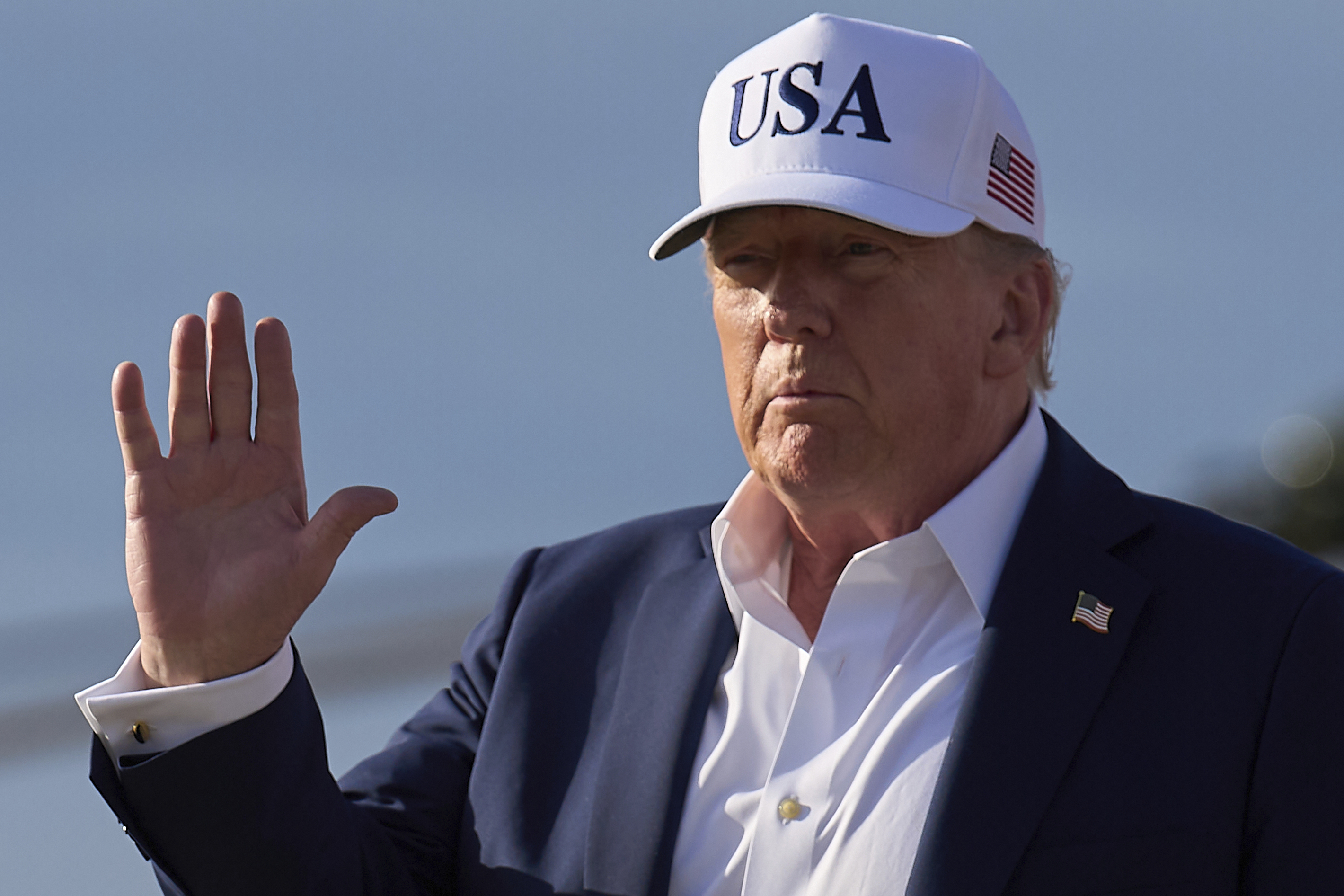The July 9 deadline unilaterally set by the U.S. administration to negotiate trade agreements with the rest of the world is expiring. After the so-called Day of Liberation on April 2, the White House quickly backtracked within a few days due to market pressure, canceling its steep tariffs of up to 100% on some countries, based on a nonsensical mathematical formula reflecting each economy's trade deficit with the U.S. Donald Trump claimed there would be dozens of deals within this timeframe, up to 90 in 90 days, but in reality, he can only boast of two, with the United Kingdom and with Vietnam, which are not even finalized and are merely political agreements for their trading partners, Europeans or Asians, to accept an additional tariff of between 10 and 20%. For example, the Vietnamese government has not yet communicated this, as they resist exempting all American goods from tariffs, as Trump claimed.
The extension ends this week, and although Washington still hopes to announce agreements and does not rule out extending the application of trade restrictions as long as necessary, Trump is nervous. Especially with the BRICS, the increasingly broad group of countries he has targeted since returning to power, as he not only believes they buy few American products but also plan to use other currencies to replace the dollar as the international financial system's reference currency, something that would cost the BRICS 100% tariffs, as he stated weeks ago.
"Any country aligning themselves with the Anti-American policies of BRICS, will be charged an ADDITIONAL 10% tariff. There will be no exceptions to this policy,," the president wrote on his social media on Sunday upon returning to the capital. "I am pleased to announce that the Tariff Letters and/or Agreements of the United States with various countries around the world will be delivered starting at 12:00 p.m. (6:00 p.m. in Spain) on Monday, July 7. Thank you for your attention! Donald J. Trump, President of the United States of America," he posted in another message.
The BRICS, a group of nations including Brazil, China, South Africa, and India [Trump in January seemed to include Spain among its members in a very confusing statement], met this weekend in Rio de Janeiro, and their leaders condemned U.S. and Israeli attacks on Iran and demanded the withdrawal of troops from the Gaza Strip. Chinese Prime Minister Li Qiang and Indian Prime Minister Narendra Modi attended the meeting. Their messages are not well-received in the Republican administration, especially the vague commitment to continue exploring options for a cross-border payment system for trade and investment, an idea they have been discussing for a decade without any concrete progress. "The current world is more turbulent, with rising unilateralism and protectionism," Li pointed out. "China is willing to collaborate with BRICS countries to promote a more just, reasonable, efficient, and orderly global governance," he added in a clear challenge.
"I believe we will have most countries ready by July 9, either through a letter or an agreement," Trump told the press on Sunday before boarding Air Force One to return to Washington after spending the weekend in New Jersey. "So we'll get to have a combination of letters, and some deals have been made.," Trump stated without providing any details. "The tariffs will take effect on August 1, but the president is setting the rates and agreements right now," Commerce Secretary Howard Lutnick tried to clarify.
Last week was more than good for the president. He managed to get the controversial tax law approved by Congress, and the Supreme Court once again sided with him, limiting the ability of federal judges to halt some of his most controversial and even unconstitutional measures. Additionally, the situation with Iran seems calm, and the president hopes to announce another ceasefire between Israel and Hamas, taking advantage of Israeli Prime Minister Benjamin Netanyahu's visit to Washington on Monday. Moreover, job growth in the United States in June was slightly better than expected.
Although Asian markets opened in the red on Monday, Trump will try to capitalize on this political moment to close more trade deals, even if only temporarily. That's what White House Economic Advisory Council head Kevin Hassett promised. Especially with the European Union, the major economic bloc. Trump said on Thursday that he wants to start sending letters to countries to notify them of the new tariff rates on their exports to the U.S. "It's much easier. We have over 170 countries. And how many agreements can be reached? And good agreements can be accepted, but they are much more complex," Trump said about his letters.
Once again, the amounts are enormous. The president is already implementing the most protectionist barrier in over a century but aims for more, with tariff rates ranging from 10% to 70% from August 1 for almost all products crossing the border.
The letters, a dozen or more starting today, are not actually the end. Treasury Secretary Scott Bessent explained on CNN on Sunday that the letters will include an additional date for the affected parties to reach an agreement to avoid the so-called reciprocal tariffs. "President Trump will send letters to some of our trading partners saying that if they do not progress, on August 1, they will return to their tariff level from April 2," Bessent stated, referring to the cards he presented to the cameras from the White House gardens that day.
